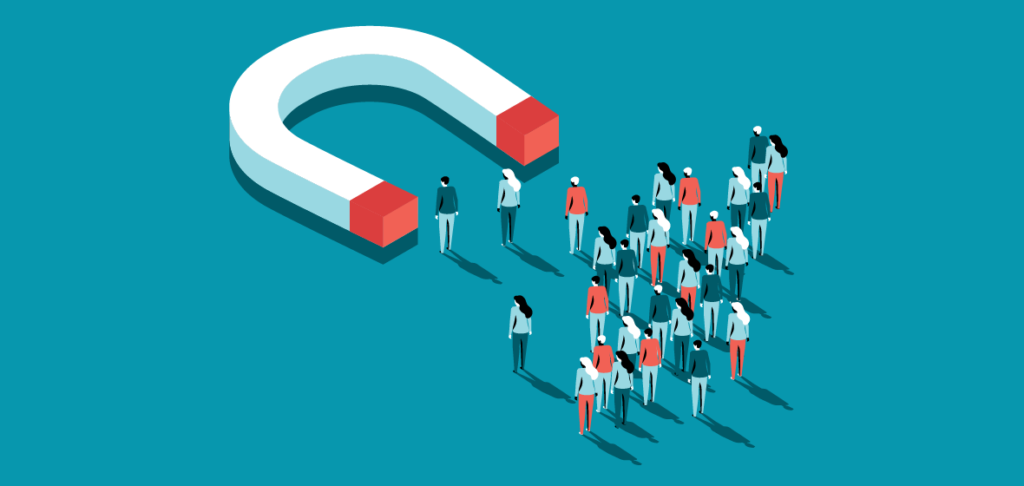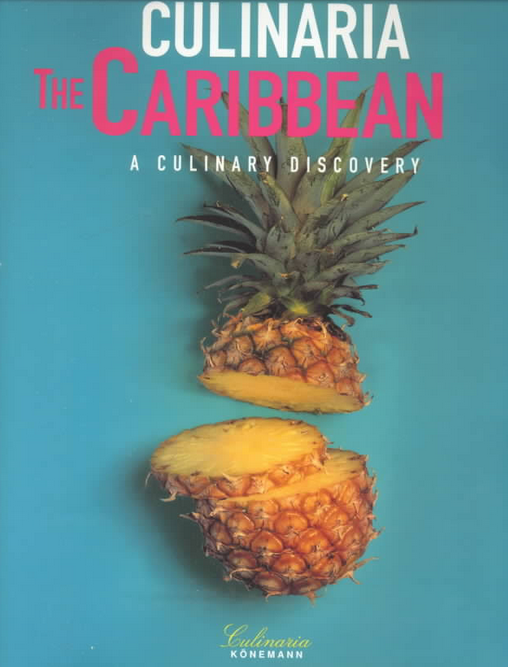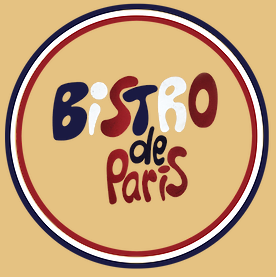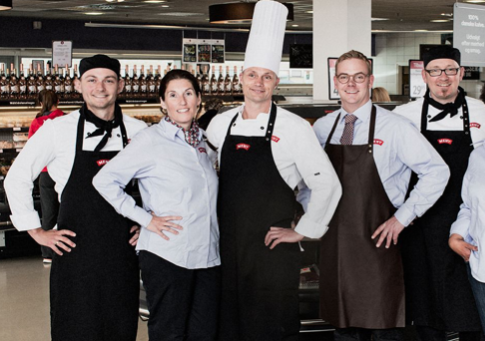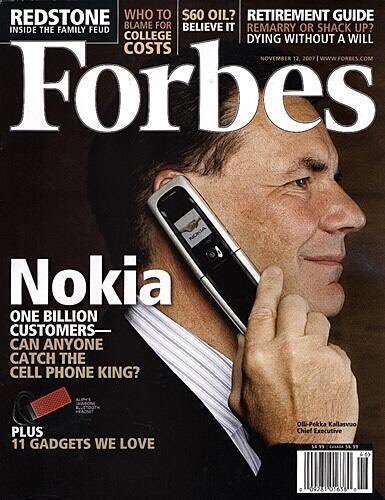Did you read comics or magazines? Who was your hero?
No, I read magazines and I was really inspired by the American W-Magazine that featured fashion, art, film and culture. I remember receiving some money from my aunt and immediately buying a retrospective book featuring W-Magazine issues from 1990. The book was huge and cost DKK 2.500. Then I knew that I really wanted to make a magazine one day.
I have never been a big fan of comics, Rasmus Blæsbjerg was the man I looked up to for many years, he was a character and very funny. The Wood Wood guys were also quite an inspiration, especially in the beginning when they had the shop on Krystalgade.
What was your first big career decision?
In the beginning of the 2000s, I started to learn a lot more about visual art and then I became a fan of a lot of artists because for me art is pure creativity where there are no rules. There are just your own rules, there is no client, you don't have to think of a brand, there is no brief. As an artist you can do what you like. The downside of all of this freedom is also the difficult part! I have been advising a lot of young artists about their career, they should know what they want to do, which direction they want to pursue, for example, sound, video, installations, etc. You cannot do it all, if you want to be an art superstar you have to think about your own brand - Tal R is a good example as you never doubt that it is him when you see one of his paintings. The way he combines the colours and figures, he has a childish way of painting with an edge. Tal R is also really good at speaking about his art, his work has a high level of quality, his motives are appealing - it's painting, it's childish, it's funny. He uses beautiful colours and he's really charming and good at networking. Tal’s also made a lot of right choices, e.g. he’s represented by Contemporary Fine Arts in Berlin and I've met the owner, Bruno many times, he's also a lot of fun. There are so many characters within the art industry 😊
Everyone wants a deeper connection with their clients, how do you create an emotional connection with your customers?
We at Wonderland are a commercial agency but we combine our own projects e.g. salt & pepper, with more commercial projects. We have just reopened the gallery, we are making a podcast about the advertising business. We don't ask permission, we just do it!
It's really important to get your own experiences, for example, trying to make an event because it is really difficult. Getting people to come, creating the marketing and promotion, so if you have that experience then you know how hard it is when you have to do it for a client. Their client’s budgets also have to reflect that if they want to be successful.
It's difficult to get big budget projects, you really have to fight for them and then to have permission to be creative within your own field of expertise and that takes a lot of back and forth, briefs, meetings, etc. Now we are staffing up on the management side, as we know that we have a good reputation and the best creative freelancers want to work with us, where we have struggled in the past to get the big budget jobs.




